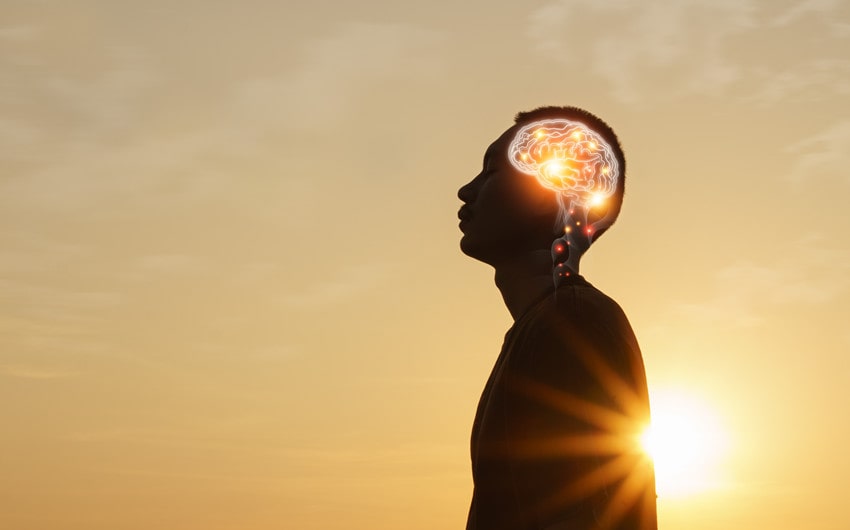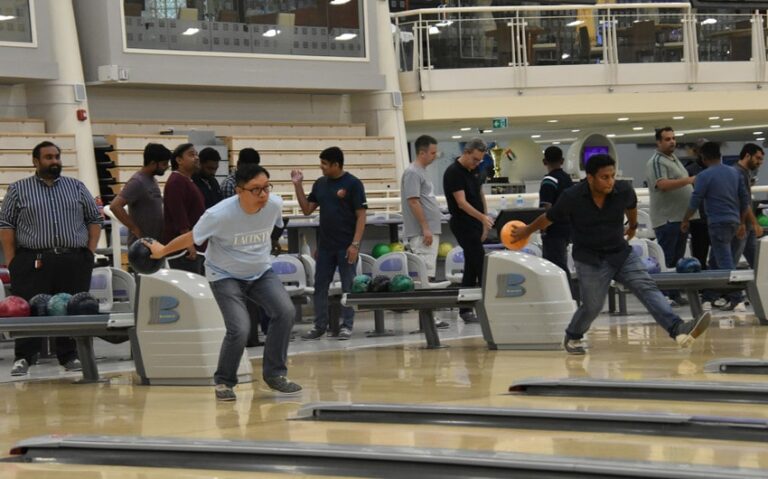Creative Momentum: How to Build Daily Practices That Fuel Long-Term Innovation
We’re used to believing in the image of a genius who is always inspired, creating a burst of emotion in the middle of the night or when the stars are in the right alignment. But in real life, creativity is not based on momentary inspiration, but on steady, attentive daily practice. Creative progress is not about pressure, but about an environment that attracts ideas. In this article, we’ll talk about habits, structures, and digital tools that help you create sustainably and effectively.
Why Consistency Outperforms Inspiration
Inspiration is great. But inspiration rarely comes on a schedule. In contrast, the brain loves habits. Neuroscience research shows that when we repeat an action every day, the brain forms new neural connections. Over time, this action becomes natural. The same is true for creativity.
Routine is like the soil in which an idea can grow. And if we sit down to work every day, create space and time for ourselves, then inspiration is more likely to appear. For example, famous writer Haruki Murakami wakes up at 4 a.m., runs, works, and goes to bed at the same time, while choreographer Twyla Tharp starts her day with the same actions. It is this consistency that triggers each of them into creative mode, becoming an ally of art.
Designing Your Ideal Creative Schedule
There is no single or right time to be creative. There is always personal energy. For example, if you barely wake up in the morning, you shouldn’t force yourself to get up at 5 a.m. because that’s what successful people advise. Instead, if your brain starts to work better after sunset, then an evening routine can become your superpower.
The same applies to the format: some people work in spurts – intense and short, like a creative sprint. Others swing slowly but can create for hours. You just need to choose the rhythm in which your imagination naturally flourishes. Experiment, but don’t forget about stability. For example, set aside time for creativity every day, but allow yourself to change the duration, location, or format. The schedule should not become a cage, but a support. And the ideal schedule is one that helps you work without pressure, with respect for yourself and your cycles.
Tools That Support Daily Creative Practice Without Interrupting It
Well-chosen digital tools do not distract from creativity, but create space for deep work. For example, the http://www.onlymonster.ai/ platform allows artists, authors, or creators to sell digital content, automate messaging, organize files, and communicate with fans without chaos. This tool is ideal for those who work directly with the audience.
Tools like Notion or Evernote are useful for storing ideas and planning. These are digital notebooks where you can create project databases, save drafts, and quickly capture inspiration. And to focus, try Forest or Freedom – they block distracting websites. Google Calendar or Sunsama will help you structure your day in time blocks.
For teamwork and process recording, it is convenient to use Loom – a service for recording videos with explanations, which saves time on meetings and correspondence.
Managing the Peaks and Valleys of Motivation
Even the most enthusiastic creator sometimes feels like he doesn’t want to do anything. At such moments, some actions help. For example, you can simply open a file, get materials, make one note or make one correction to it. Starting rituals in the background also work: favorite music, tea, a certain place to work – anything that gives a signal to start the work process.
But it is important to distinguish physical fatigue from emotional exhaustion. In such cases, it is better to take a break. If you have the strength, but doubt or laziness, you can postpone the work for 5-10 minutes and then start again. Visual progress tracking also helps to support yourself: day trackers, stickers, graphs. They create a sense of movement without pressure. The main thing is not to punish yourself for gaps, but to notice victories and motivate yourself with something that brings pleasure for the result.
Protecting Creative Energy from Burnout
Creativity requires not only inspiration but also inner silence. Constant notifications and endless choices are exhausting but deeply ingrained. Digital noise and decision fatigue are silent enemies that kill inspiration over time.
To prevent this, use structure. Combine similar tasks into blocks, create content repositories for reuse, and limit working hours. Add reflective pauses: 5 minutes of silence or a note about your state of mind can change the tone of the whole day. Also, allow yourself to do things imperfectly. Perfectionism steals time and energy that could be invested in developing yourself and your work. True creativity is about process, not perfection.
Building a Feedback Loop That Fuels, Not Discourages
Feedback is a powerful tool for growth, but it can be harmful if it is perceived as an assessment of yourself rather than your work. That’s why the first rule is to formulate your request clearly. For example, ask whether you are interested in this, whether the message is clear, and what works in this case. This way, you will get constructive feedback, not generalizations.
The second rule is to remember that you are more than your project. Your work may be imperfect, and that’s okay. Self-value does not depend on likes, sales, or comments, but on your attitude towards yourself.
It’s also helpful to create reflection rituals: weekly notes on what went well and what didn’t. This helps you see progress and not merge with external assessments. Proper feedback is not about criticism, but about support and development.
Conclusion
Daily creative practice is not about discipline for the sake of it, but about respect for yourself and your work. It creates the conditions in which ideas are born without being forced. With the right system, support, and soft focus, creativity becomes a natural rhythm rather than an accident. When there is structure, then there is freedom. And when there is stability, depth comes.







